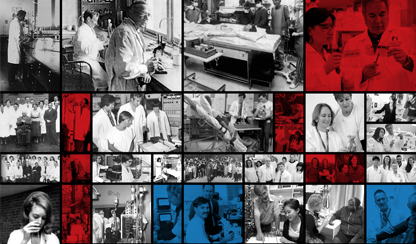06 May 2022
Institute news

A cardiovascular event risk score has been shown to be useful in predicting re-admission and death in patients with coronary heart disease after hospital discharge, and to test whether higher-risk patients benefit from more intensive management.
The study, led by researchers from the Baker Heart and Diabetes Institute, demonstrated that people with coronary heart disease — the world’s biggest killer — could be effectively stratified following a heart event, which may help to reduce secondary heart events.
The data linkage study included all patients (more than 20,400) from all public hospitals in Queensland in 2010 who were hospitalised with coronary heart disease as the principal diagnosis, with patients followed up for five years.
The findings, published this week in BMJ Open, suggest that risk-guidance to prioritise high-risk patients may maximise benefits and optimise investment returns on any additional resources spent on intensive disease management, thereby saving costs and increasing quality of care.
Senior author and Institute Director, Professor Tom Marwick says such a strategy can be made feasible by routine risk assessment in patients hospitalised with coronary heart disease.
‘There is the opportunity to introduce this routinely into hospital care. This means ensuring that all patients after a heart event are adequately treated and that high-risk people get extra care,” Professor Marwick says.
“For example, we know that within 12 months, one in ten heart attack survivors will have another heart attack and we need to get better at identifying who that might be and how we can prevent that.”
This study builds on the Institute’s commitment to personalised medicine which aims to deliver more precise health assessments for individuals and better tailor prevention and management strategies.
Despite significant advances in cardiovascular medicine during the past several decades, coronary heart disease remains the greatest cause of morbidity and mortality worldwide. In Australia, it accounts for 12% of all deaths, almost one in two cardiovascular deaths and a third of all hospitalisations due to cardiovascular disease. Despite effective guideline-based treatment, patients with established coronary heart disease are at risk of having a secondary adverse event such as a heart attack or stroke. Such secondary events substantially increase mortality risks, reduce the quality of life and lead to greater healthcare costs.
In many guidelines globally, all patients are categorised as being at increased risk following an acute coronary event and managed similarly.
However, Professor Marwick says we can and must do better for people with cardiovascular disease. He says this risk-guidance strategy will not only benefit patients with coronary heart disease and their families but health systems with limited resources.





